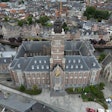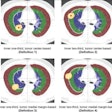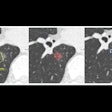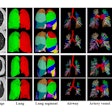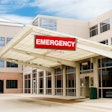
Clinicians from the University of Washington (UW) in Seattle are offering to their radiologist peers strategies for managing the COVID-19 pandemic. Their insights were published April 8 in Radiology.
In the article, a team led by neuroradiologist Dr. Mahmud Mossa-Basha outlined how the university's three hospitals have coped with the pandemic and how radiology departments can not only protect patients and physicians from transmission of the virus but also prepare for patient surges.
"The goal of our policies and preparedness has been to reduce patient morbidity and mortality ... and prevent disease dissemination to our employees, patients, and the general community," the group wrote. "We have also focused on preservation of healthcare resources, management of essential equipment such as personal protection equipment and ventilators and preparation for patient surge."
The university's healthcare system includes two academic hospitals and one community hospital. It has 1,173 inpatient beds and 186 intensive care unit beds among the three. Mossa-Basha and colleagues described the following actions these facilities have taken to manage COVID-19:
- Reschedule elective imaging, including screening for breast and lung cancer.
- Screen all patients admitted to the hospital for COVID-19 with reverse transcription polymerase chain reaction (RT-PCR) assays.
- Perform chest imaging only if it would impact patient care.
- Screen patients for COVID-19 symptoms at hospital entrances.
- Use portable equipment and acquire x-rays through glass or at a distance.
- Take infection control precautions. Staff use N95 masks when interacting with patients and are trained on the correct donning and doffing on personal protective equipment (PPE). The hospitals have increased ventilation and air filtration of treatment and scanning rooms to deal with potential airborne transmission of the virus. Imaging suites are cleaned in between patients with appropriate disinfectants.
- Monitor staff who have been exposed to the virus. Those exposed who show symptoms undergo RT-PCR testing at a drive-through clinic and are instructed to stay home. If they test positive, they isolate for seven days from the onset of symptoms and must be symptom-free for 72 hours before returning to work.
- Provide home workstations for radiologists; upgrade PACS servers to support remote interpretation of images.
- Restructure shifts. The hospitals have one attending radiologist, one imaging fellow, and one resident in the reading room at any given time. Some services, such as nuclear medicine, have teams of staff that rotate one week on, one week off to limit cross-exposure.
- Establish a command center to coordinate facility, staff, and resource needs and create a repository of policy and procedure documents.
- Put up triage tents outside the hospital to separate COVID-19 patients with mild symptoms from those with severe ones; create transport pathways to necessary scanners; rent patient beds and ventilators to prepare for an inpatient surge.
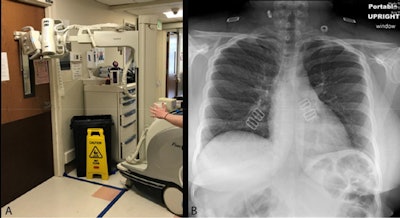 Chest radiography through glass. Technologists position the portable x-ray unit outside the patient room, with the tube peering through the wire-reinforced isolation room window (A). The anteroposterior chest x-ray obtained is of diagnostic quality (B). Images courtesy of the RSNA.
Chest radiography through glass. Technologists position the portable x-ray unit outside the patient room, with the tube peering through the wire-reinforced isolation room window (A). The anteroposterior chest x-ray obtained is of diagnostic quality (B). Images courtesy of the RSNA."[We hope] the processes that have been implemented at the University of Washington in managing the COVID-19 pandemic as well as in preparing for patient surges ... may provide important guidance for other radiology departments who are in the early stages of preparation and management," the group wrote.





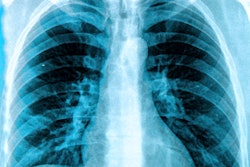
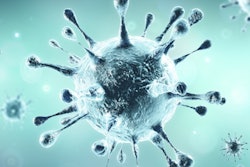
.png?auto=format%2Ccompress&fit=crop&h=167&q=70&w=250)



